 Bail agents use the data to search for bail-jumpers.
Bail agents use the data to search for bail-jumpers.
Auto insurance companies mine the data to detect, among other things, “garage fraud” – drivers falsely registering their vehicles in places with less costly insurance premiums.
Repo drivers, the guys who repossess vehicles with outstanding debts, mount the powerful cameras on their trucks or on smaller scouting vehicles as they troll for cars on their “hot lists.”
Private companies have flocked to automatic license plate readers, not for policing, but for profit. Privately owned plate readers take pictures of every plate they see, and they search out select cars on lists created for their business needs.
The cameras also store every plate in a vast database, just like the cameras do for police agencies. But unlike the police agencies’ data, privately held data is sold for the right price.
One company, TransUnion’s TLO, which provides personal data to a range of businesses, offers a trove of license plate scans taken nationwide to customers willing to buy the special service.
The trade is legal almost everywhere, even if it might bug people.
“Honestly, I think it’s kind of creepy. I would use the word ‘stalking’ almost,” said Assemblyman Jeffrey Dinowitz, D-Bronx, who has introduced a bill to limit the way police may use plate readers and make New York one of the few states prohibiting their use by private companies.
Dinowitz fears that businesses will someday gather highly personal information on people that is none of their business.
“Unless we put limitations on this now, we may very well regret in the future that we didn’t,” he said.
The companies that sell the technology and store the data argue, among other things, that it is lawful to photograph in public, and plate readers do everything a simple camera does, albeit far more quickly.
More importantly, the advocates say, the readers capture a license plate, not a driver’s identity. The motor vehicle records that link a plate to an owner’s name are kept private, with a few exceptions, by the federal Drivers’ Privacy Protection Act, adopted in 1994 after a stalker killed actress Rebecca Schaeffer in California in 1989. He found her through her motor vehicle record.
Todd Hodnett is executive chairman of one of the larger companies supplying the private sector, Digital Recognition Network of Fort Worth, Texas. He says license plate readers, or LPRs, gather information on plates and cars, not people.
“There are plenty of parties out there that are opposed to LPRs for various privacy issues,” he said. “Never once have I ever seen one of them come forward with the fact that connecting license plate-recognition data to personally identifiable information is protected by law.”
When it comes to the massive data haul that now serves business, repo companies cast out the net to make it possible. Nationwide, they are capable of collecting more than 5 million plates in a single day. In 2015, they recorded more than 100 million scans a month across the country, a 43 percent increase over the previous year.
Digital Recognition Network reveals these statistics in online promotions urging more repo companies to buy its cameras, which cost around $15,000 each. The companies are paid for the data they gather and the cars they repossess. In a nation with some 256 million vehicles, the Texas company says it has 4 billion scans “and growing.”
The Drivers Privacy Protection Act is not a problem for repo drivers. Banks hire them to repossess vehicles. The banks know the names of their delinquent borrowers and, based on their loan applications, where the repo driver is most likely to find the car.
Cataloging data from scans
The Buffalo News was blocked from talking to local repo drivers about their cameras. Digital Recognition Network insists that only their employees – there are none locally – exhibit the company’s devices and publicly discuss how they work. But in a telephone interview, Hodnett provided an overview.
Banks can check public records to see if their delinquent borrower has moved and where they might by living now, Hodnett says. Banks also can mine Digital Recognition’s license plate records to see if the car has been noticed at regular locations. If so, the repo driver will have something more to go on.
When the repo driver sets out, the plates of cars to be repossessed are programmed into his truck-mounted license plate readers.
Say, the target car might be in an apartment complex’s parking lot. At one time, tow drivers had to search with their own eyes for a color, make and model, then confirm the plate. Today, the drivers need to only roll through rows of cars. Their plate reader searches for the specific plate and provides an alert when it’s in sight.
If some other auto up for repossession is noticed, the driver can hook it if his company has been hired to repossess the vehicle.
More and more of the nation’s repo companies use spotter cars equipped with plate readers to scout out locations for the tow truck that arrives later. Those cameras are storing all the plates that they read and imprinting them with a time and place.
Motorists whose auto loans are not in default cannot opt out, nor are they given a chance to. All that data will be valuable to Digital Recognition Network and its customers once dumped into the company’s servers in Texas.
With data gathered by law enforcement, an individual can find out when his or her plate was scanned. Not so with the commercial data.
“That is not something that we provide,” a company spokesman said when a News reporter asked for scans of his own plate.
Digital Recognition Network markets plate readers to private industry while its corporate partner, Vigilant Solutions, serves law enforcement. Both stress that the data collected by law enforcement will never be shared with private commercial interests. Digital Recognition Network’s commercially collected data is different. The company makes that available to police agencies.
Individual tracking at issue
The Niagara County Sheriff’s Office uses it. Capt. Patrick G. Weidel explained that the Niagara sheriff’s Vigilant-provided readers are relatively new for the office, and its deputies turn to the commercial data for additional information.
Digital Recognition Network says it has helped the insurance agency find 40,000 stolen vehicles.
It also uncovers fraud, including garage fraud, which according to one study costs the state $1 million a year in lost auto-related fees just in New York City, site of the state’s highest auto-insurance premiums.
Digital Recognition Network tells the insurance industry that its billions of privately gathered plate scans can help identify cars that travel and reside far from where they are registered. Digital Recognition Network says its data can also help spot people faking disabling injuries and detect fraud in everyday claims. Consider Joe:
“Joe was low on cash and needed a quick way to make some scratch,” the company says in an online pitch. “He recently wrecked his car backing into a pole. After talking to a friend, he realized he could buy full-coverage insurance, then report the vehicle was in a single-car accident the next day.”
But what if Joe’s insurance company had a picture of his car taken before he upped his insurance and filed his claim?
“There is only one way,” the company says, “to truly verify whether a vehicle has pre-existing damage: a sighting of the vehicle taken before the claim was made. DRN has those sightings as part of the vehicle location data the company gathers.”
Technological advancements are changing the way all kinds of companies do business. From grocery stores to casinos, businesses gather data about their customers and their habits. If insurance companies or banks can save costs with license plate scanners, what’s wrong with that? “Well, I suppose they could detect even more fraud if they put a bug on everyone’s phone and cameras in everyone’s apartments,” said Dinowitz, the assemblyman whose bill would bar private industry from using plate readers.
Dinowitz believes that plate readers can ultimately track individuals and give their users information that they have no right to know. He doesn’t buy the argument that plate readers track only plates, not people.
“It’s theoretically possible that someone else is driving my car at a particular time. But the fact is, 99 percent of the time that my car is being driven, it is me who is driving that car,” he said. “They are, in reality, tracking an individual in almost all cases.”
Arguing privacy rights
When Arkansas outlawed the use of license plate readers by private industry, Digital Recognition Network and Vigilant Solutions initiated a federal lawsuit alleging their First Amendment rights had been violated. Digital’s Hodnett, when asked if Dinowitz’s bill was an egregious assault on the right to photograph in public, agreed that it was.
“If you think violating a First Amendment right to photograph in public is egregious, then, yes, I would agree with you,” he said.
Civil rights advocates, including the American Civil Liberties Union, file lawsuits to protect the public’s right to photograph in public, including photographing the actions of police officers, he said. Hodnett believes it’s a double standard for those same advocates to try to block the use of license-plate readers.
Says Dinowitz: “The First Amendment is not unlimited. … “Individual people have rights, and I think those individual rights to privacy do outweigh what they are doing.”

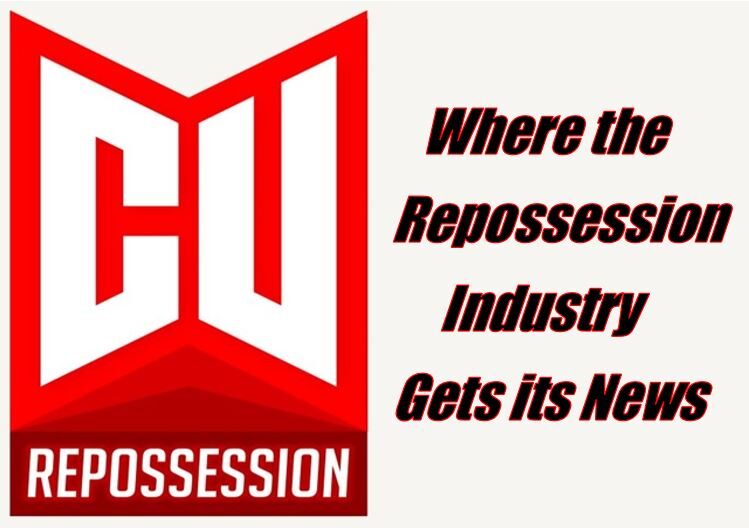
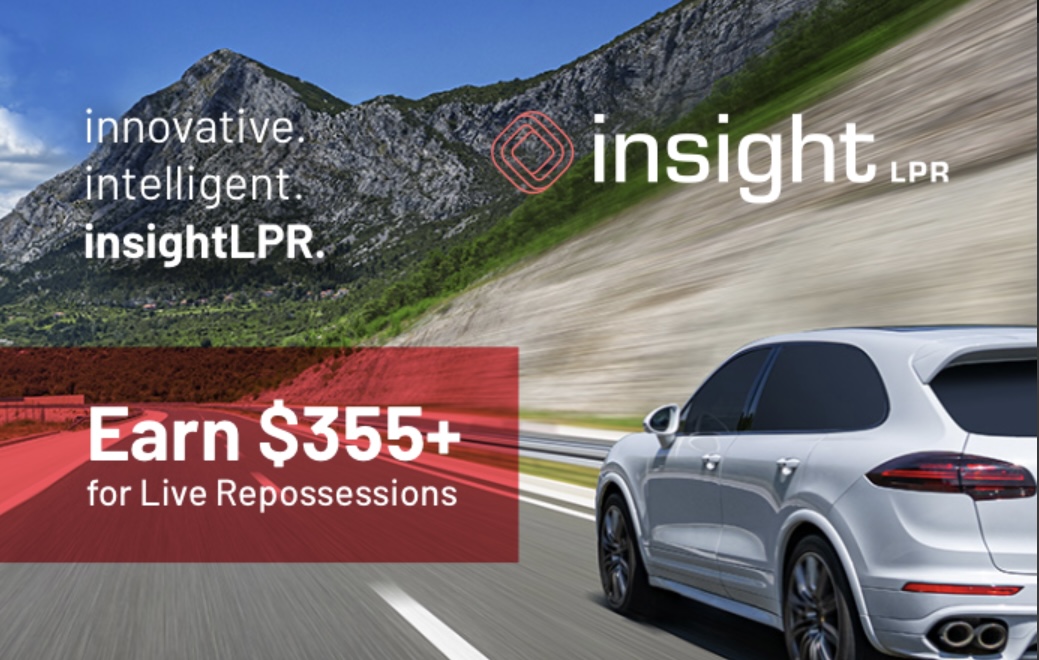




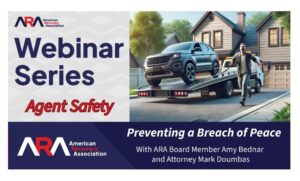
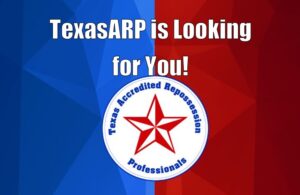
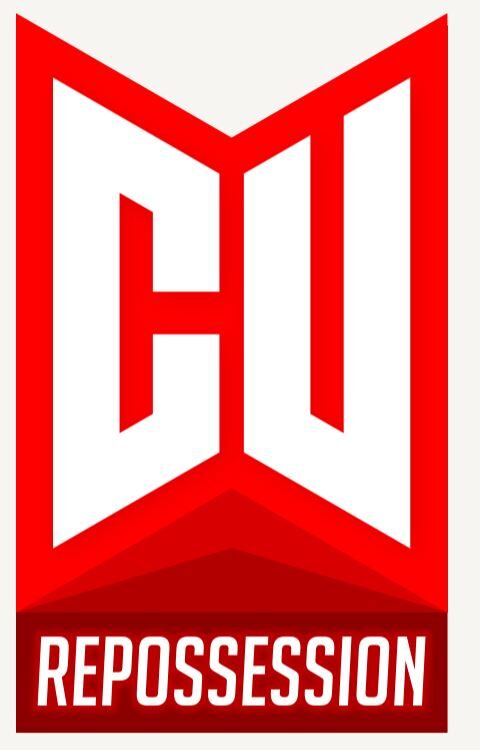
Facebook Comments